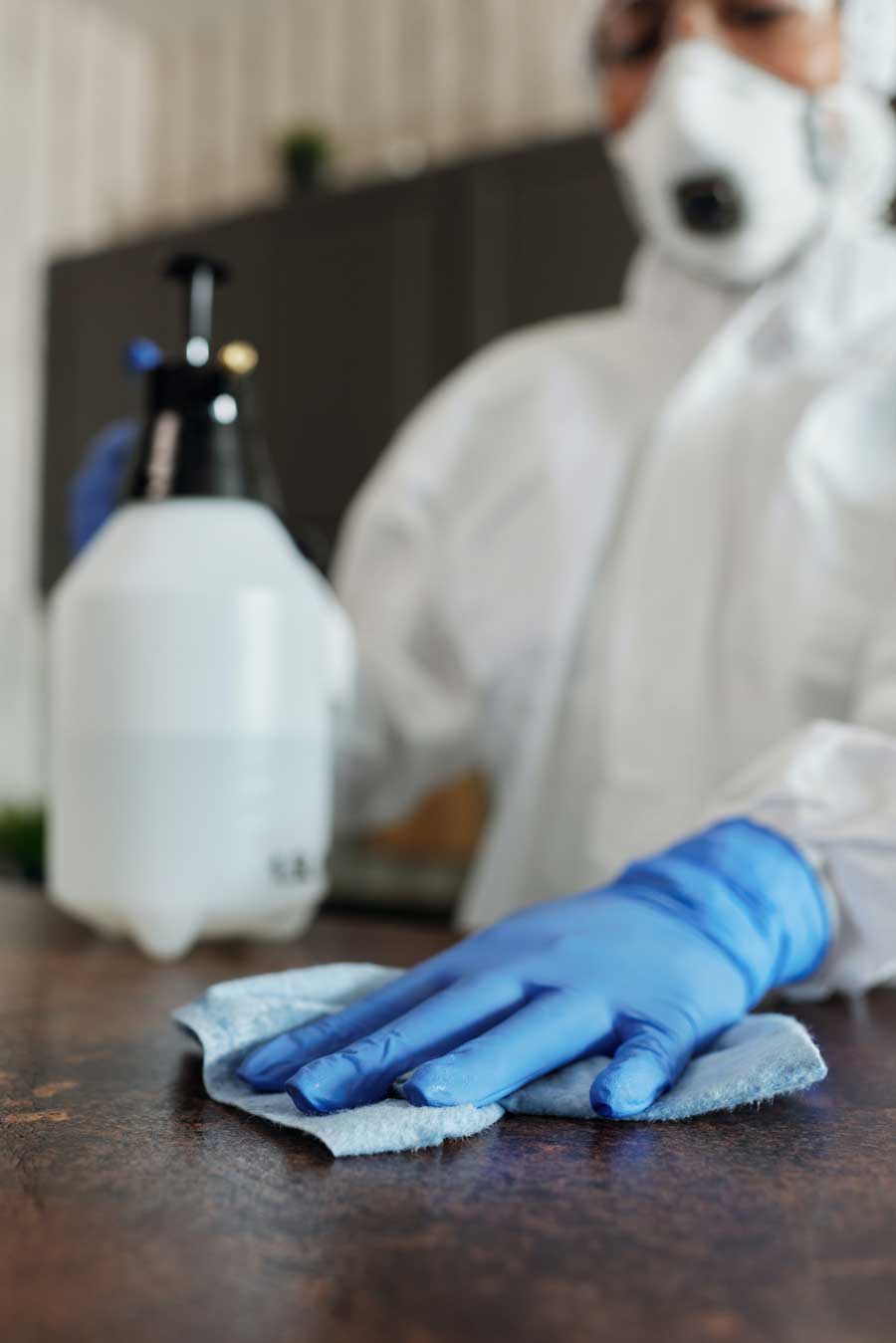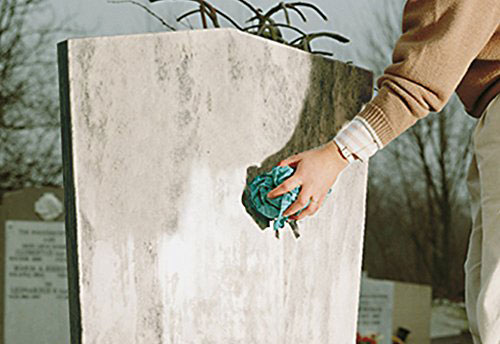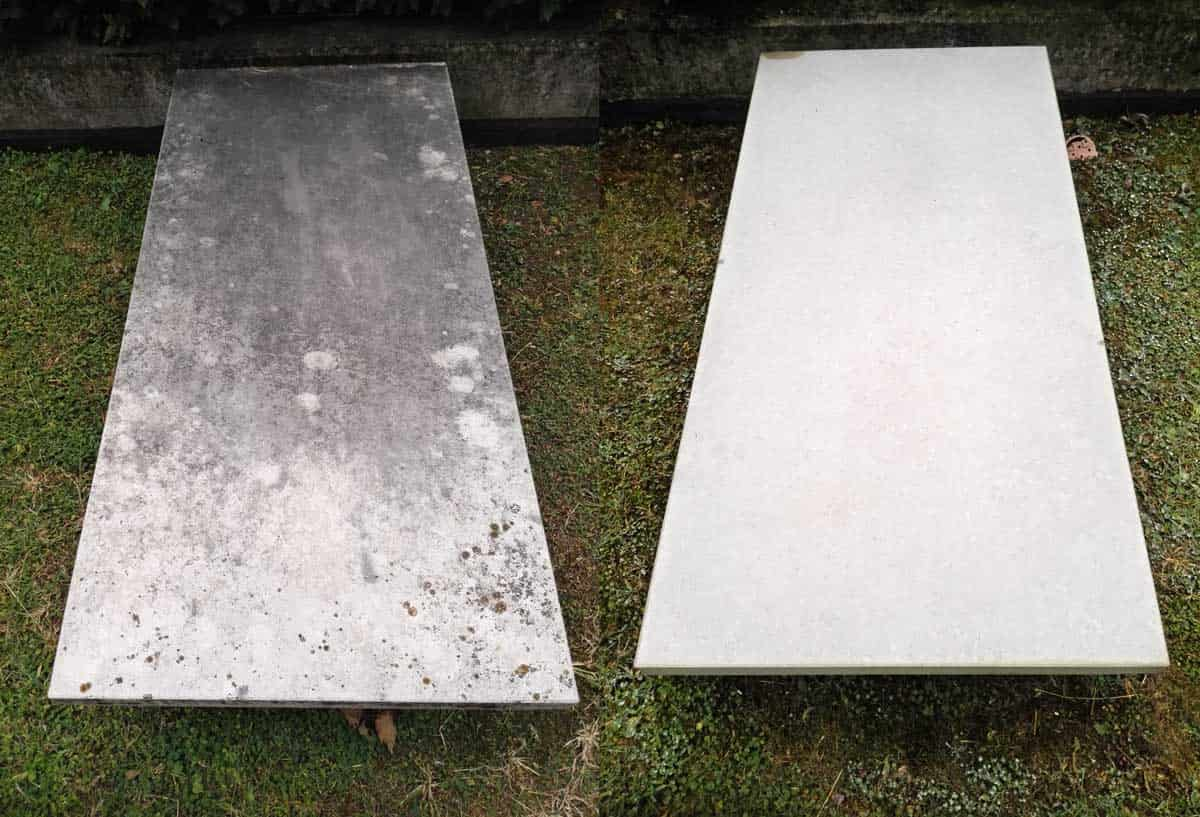
Chemistry applied to stone materials

Based on their petrographic structure, stone materials can present a certain level of porosity, primary or secondary, which makes them more or less absorbent and therefore subject to staining, also allowing rainwater to penetrate into the material favoring the disintegration of the itself and / or the formation of salts on the surface (efflorescence).
Even the petrographic composition can affect the final result depending on the type of application and / or the adhesive used.
There is also the problem of sensitivity to acids, very evident in limestones, less so for siliceous stones (granites).
These were certainly the main problems of stone materials that up to about 15-20 years ago, thanks to the lack of investments in this sector, were not treated adequately, causing unpleasant aesthetic results with the need for continuous maintenance on site or even, in the most serious cases, even complete replacement.
Oggi l’industria chimica del settore lapideo, dopo vari studi condotti sulle pietre, ha raggiunto un ottimo livello di ricerca che consente di superare brillantemente quasi tutti gli ostacoli alla protezione dei materiali naturali.


There are various products on the market that we can catalog according to the type of protection or finishing effect desired:
- Stain-resistant (hydro-oil repellent): designed for kitchen countertops, they are polymers with a solvent or water base (eco-friendly) that cover the surface layer of the material for a few millimeters, making it impenetrable to staining agents with the exception of acid substances (wine, lemon etc ...). It requires periodic application cycles depending on the degree of porosity of the material.
- Water repellents: this type of product differs from stain remover for its specific action against rain or sanitary water. It is used for shower trays and washbasins or swimming pools and external flooring / cladding. It is always a solvent-based or water-based (eco-friendly) polymer that penetrates for a few millimeters, coating the surface layer of the material. It requires periodic application cycles depending on the degree of porosity of the material.
- Antacids: represents one of the latest innovations in the chemical sector, representing a revolution that allows the stone material to almost completely solve the problem of sensitivity to acids. These are filming chemicals that coat the outer layer of the material, thus creating a transparent protective film. It is a solvent-based product that requires reapplication only in cases of wear or flaking of the film.
- Anti-rising designed to solve the age-old and unsightly problem of the formation of salts that rise to the surface by capillarity. Through the application on several sides of the single piece, 5 or 6 depending on the type of adhesive, this product, penetrating deeply for several millimeters, blocks the rising of the salts. It is a water-based product that does not require further application cycles as it solidifies within the natural material.
- Antiquing agents: they are products for surface finishing that are applied on brushed or antiqued materials to enhance the tone of the stone, while also acting as a water-repellent and stain-resistant, albeit marginally.
- Detergents there are two major types of detergents depending on the type of material to be treated: alkaline base for limestone, slightly acid base for granite and similar. On the market there are detergents for ordinary or extraordinary cleaning divided by type of material and applications.
- Antibacterials: existing on the market for some years, with the recent epidemic the chemical companies have strengthened research and production on this kind of products. The problem is not only linked to the hygiene of the surfaces due to the problem related to the transmission of the virus but also that relating to the porosity of the natural material which becomes the ideal place for the proliferation of bacteria, especially in environments such as kitchens and bathrooms.
